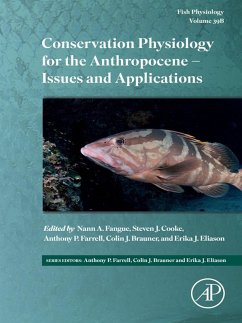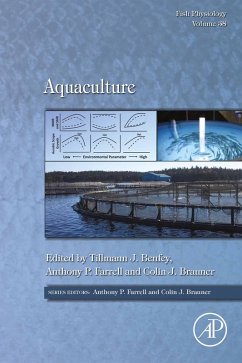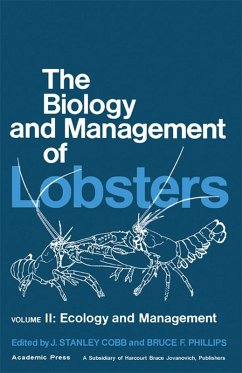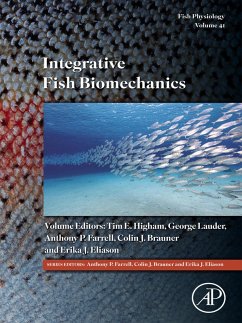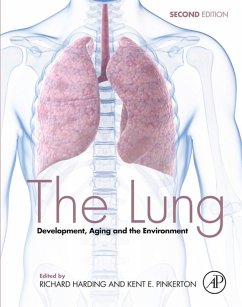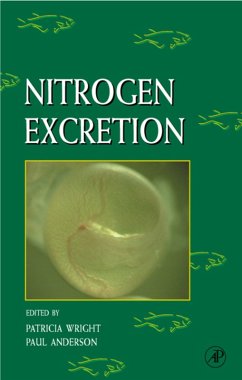
Conservation Physiology for the Anthropocene - A Systems Approach (eBook, ePUB)
Versandkostenfrei!
Sofort per Download lieferbar
73,95 €
inkl. MwSt.
Weitere Ausgaben:

PAYBACK Punkte
37 °P sammeln!
Conservation Physiology for the Anthropocene: A Systems Approach, Volume 39A in the Fish Physiology series, is a comprehensive synthesis on the physiology of fish in the Anthropocene. This volume closes the knowledge gap by considering the many ways in which different physiological systems (e.g., sensory physiology, endocrine, cardio-respiratory, bioenergetics, water and ionic balance and homeostasis, locomotion/biomechanics, gene function) and physiological diversity are relevant to management and conservation. As the world is changing, with a dire need to identify solutions to the many envir...
Conservation Physiology for the Anthropocene: A Systems Approach, Volume 39A in the Fish Physiology series, is a comprehensive synthesis on the physiology of fish in the Anthropocene. This volume closes the knowledge gap by considering the many ways in which different physiological systems (e.g., sensory physiology, endocrine, cardio-respiratory, bioenergetics, water and ionic balance and homeostasis, locomotion/biomechanics, gene function) and physiological diversity are relevant to management and conservation. As the world is changing, with a dire need to identify solutions to the many environmental problems facing wild fish populations, this book comprehensively covers conservation physiology and its future techniques. Conservation physiology reveals the many ways in which environmental change and human activities can negatively influence wild fish populations. These tactics inform new management and conservation activities and help create the necessary conditions for fish to thrive. - Presents authoritative contributions from an international board of authors, each with extensive expertise in the conservation physiology of fish - Provides the most up-to-date information on the ways in which different physiological systems are relevant to the management and conservation of fish and fisheries - Identifies how anthropogenic stressors perturb physiological systems - Explores how different physiological systems can be exploited to solve conservation problems
Dieser Download kann aus rechtlichen Gründen nur mit Rechnungsadresse in A, B, BG, CY, CZ, D, DK, EW, E, FIN, F, GR, HR, H, IRL, I, LT, L, LR, M, NL, PL, P, R, S, SLO, SK ausgeliefert werden.




